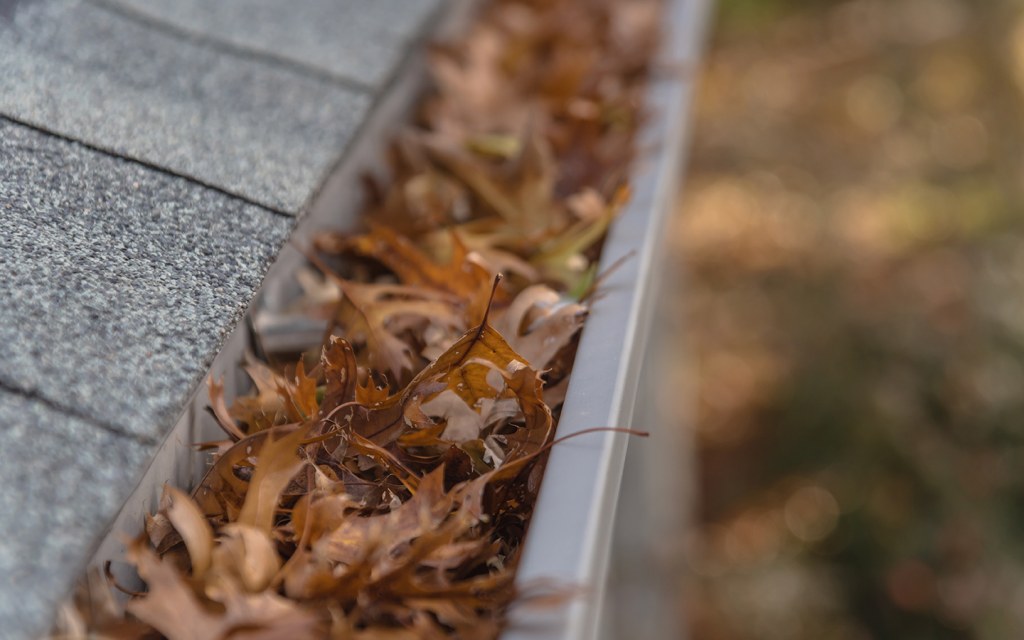Fix the Most Common Drainage Problems With These Super Easy Tips!
[ad_1]
Poor Gutter and Drainage System
Improper Grading of Land
Issues with Landscaping
Clogged Drainage System with Debris
Quality of Your Backyard’s Soil
A clogged drainage system in your home could become a nightmare, especially if you have to deal with it again and again. It could damage your plumbing fixtures and even lead to various seepage problems in the worst-case scenario.
Poor drainage could negatively impact different parts of your living space, so it is better to fix it as soon as possible before it turns your home into a watery mess.
Wondering how? We’ve got you covered!
In this blog, here we have highlighted the most common drainage problems in homes and their solutions.
So, without further ado, let’s get started!
Most Common Drainage Problems and Their Easy-to-work-on Solutions
The most troublesome drainage issues and some useful tips to get rid of them have been listed and discussed as under:
Poorly Installed Gutter Pipes and Downspouts
When building the exterior of your home, you need to make sure that gutters, drainage pipes, and downspouts are installed properly. It could cause some serious drainage problems in your home, especially during the rainy season or if there are any plumbing leaks in your home.
When there is no way for water to escape, gutters around your home could overflow, causing some serious damage to the foundation of your home and even resulting in various structural and landscape problems.
The very first thing you need to do is to fix the gutter and drainage pipes around your home. Make sure you keep them clean and free from debris all the time. Inspect them from time to time, just to make sure there’s nothing solid objects, dirt, mud, or dead leaves that could possibly cause blockage.
Improper Leveling or Grading of Land
This is another common drainage issue that people usually face in their homes. If the land is not properly leveled or graded, it won’t allow water to flow away from a particular property, instead, it would either cause water to accumulate or push it backward if your house is at the lower end of the slope.
The only solution to this troublesome drainage problem is to come up with an alternate drainage system. You can dig a few narrow waterways in the ground around your property. Make sure they are all designed with a slope that slants in the opposite direction, away from your house. This is how you can divert the water away from your property using gravitational pull.
You May Need to Rework Your Landscaping
No matter how much time and effort you have invested in landscaping your outdoor space, if you have planned it according to your water drainage system, you could be in serious trouble. If you have a yard that has a surface slanting towards your home, it could be a cause of all the potential drainage issues.
To solve this problem once and for all, you need to find a way to divert the water flow away from your property. You can consider installing french drains, which are basically designed to prevent water flowing above and underground from causing any damage to its surrounding land, building foundations, or other types of surfaces. Prevention of any possible drainage problems is also an important reason why you need to hire a professional landscaper.
Debris in Drainage System

Debris that accumulates in drainpipes and gutters is one of the most common causes of drainage problems in homes, which cause them to overflow, turning your house into a watery mess. No matter how efficient a drainage system you have installed in your home, you should clean it regularly and get it maintained from time to time.
Fallen leaves, dead tree branches, and particles of sand and mud among other types of debris could prevent water from flowing, trapping it into the system and resulting in various types of drainage, moisture, and seepage issues. Cover your drain pipes if possible, if you have trees and other types of tall plants nearby.
Inspect Soil in Your Lawn/Backyard
The soil in your backyard or lawn also plays a very crucial role in disrupting the drainage system in your home. There are basically three different types of soil: clay, silt, and sand. The composition of soil impacts its absorption qualities a lot. To check how good it is in absorbing water, dig a hole and empty a water bucket in it.
If your soil is good at absorbing water, it would take around 4 to 5 hours for the water to be drained and if it is taking more than 10 hours, then it means the soil in your outdoor space could also be a major contributor to drainage issues in your home. Use coarse aggregates and organic components to improve the quality of your soil.
There you have it — a comprehensive guide on the most common drainage problems in homes and their solutions. We hope the information we have provided you here will help you work on your next home improvement project.
On a side note, if you are facing other types of seepage and leakage problems in your home, check out the following blogs:
For more informative home decor and improvement guides, keep following Zameen Blog and subscribe to our newsletter to catch all our latest updates.
[ad_2]
Post a Comment
You must be logged in to post a comment.
